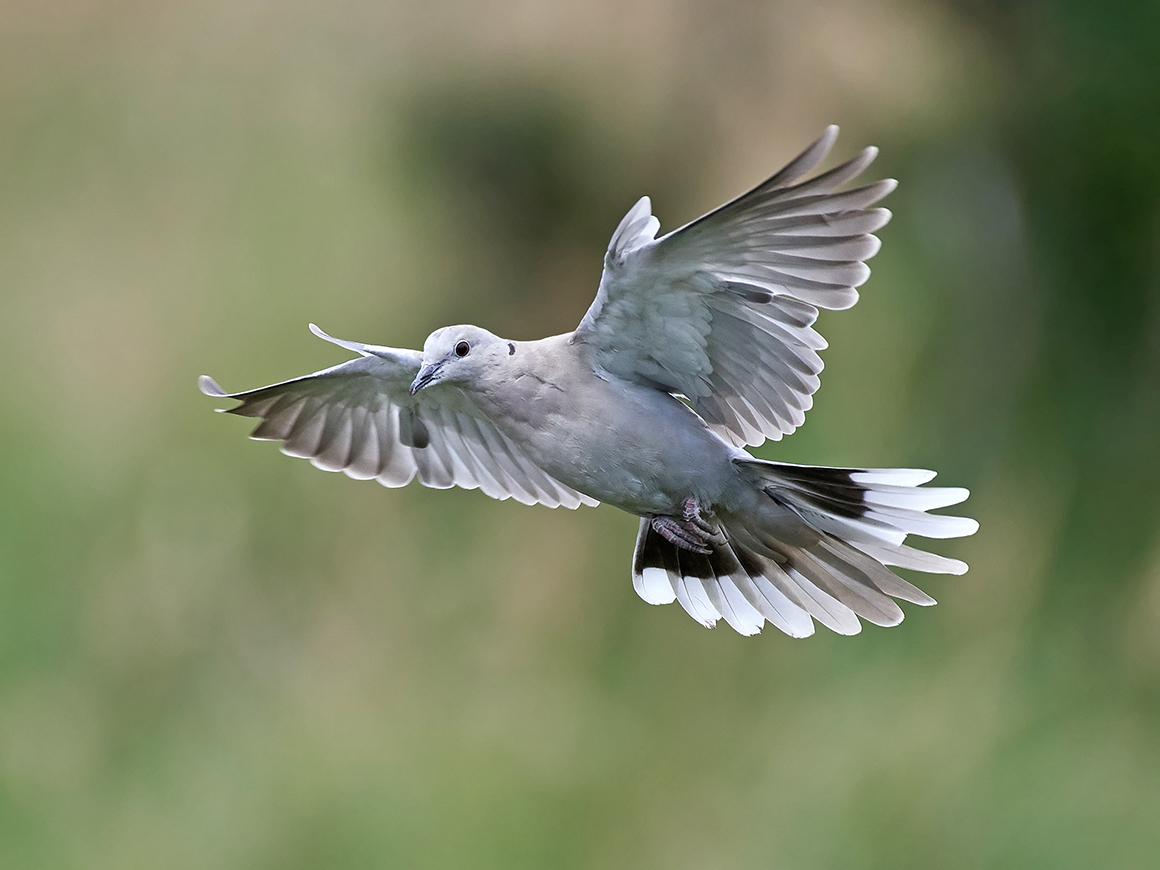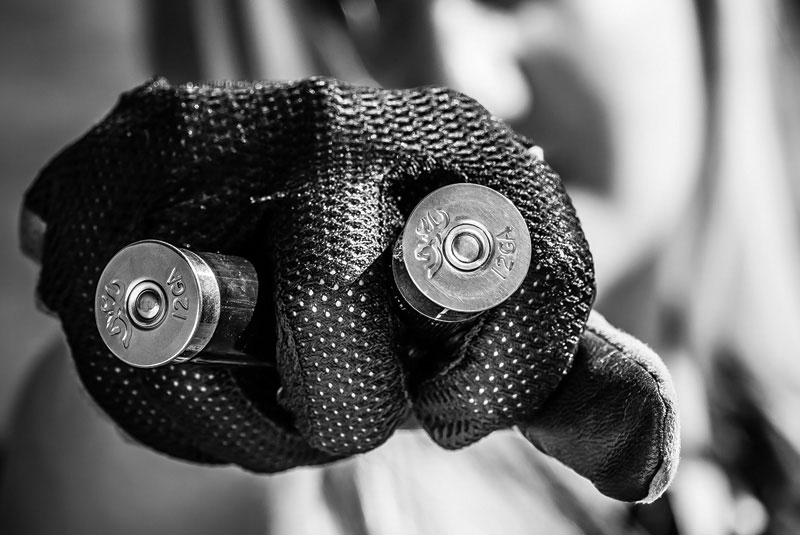The Bird of Summer Coming to an Opener Near You
There are dates that call for a red circle on the calendar–Thanksgiving, birthdays, the 4th of July. To that I would add the New Year’s Day of the hunting season, the dove opener, usually set for the 1st of September. Over 80-percent of US states have a dove-hunting season, including the Big Island in Hawai‘i, along with some Canadian provinces, not to mention Mexico, for the more adventursome. All of which is why the native dove is classified as a migratory species, though one that does not require a federal stamp.


The most common dove pursued by hunters is the mourning, named for the mournful mating call of the males, which was also thought to be a weather forecast of precipitation on the way, so the bird also earned the title “rain dove.” They are one of the few wild animals that have prospered with the arrival in the New World of Europeans, who opened up the land, altered it, and planted it in crops the birds favored. Five-hundred years ago, mourning doves were probably a spotty species; now they are known to breed in every state and to have reached a population of 400 million five-ounce birds, a biomass of 125-million pounds of birds. “Dove gray” in plumage with hawk-like wings and long pointed tails, the mourning dove is capable of erratic, high-speed flight–35 miles per hour, though there are claims of 55!
It’s been said that more shells are fired per dove taken than for any other bird. A 15-bird limit (and always check the regulations to verify the number and the season dates, and other finer points of the hunting laws) from a single box of shells is an accomplishment, undoubtedly more noteworthy than running 25 straight at skeet. Somehow, though, approximately 20 million are hunted every year, more than all other migratory wildfowl combined. That is only half-a-percent of the population, yet most will be dead within a year whether hunted or not, but not without replenishing their numbers by the next season.

Scouting is vital to dove hunting, with the shooting hours around sunrise and sunset being the best times to find birds coming off the roosts or returning to them. A scout will “clock” the birds as they fly in or out, deciding if he is seeing enough every few minutes to warrant bringing his hunting buddies out there. Water along with seed fields can make for great hunting, but pastures can also be good; and in desert terrain, ponds or stock dams are prime real estate. And don’t pass by a good roost tree at the end of the day, especially if you perch some decoys on the limbs. Some brush or the trunk of a tree at your back is about all that’s required in the realm of camouflage; and a shooting stool or a bucket cooler let you sit and lower your silhouette as the birds come toward you. And being where the doves will fly over you is where you want to be. (As a Texas hunter once said to me, trying to sneak up on a sitting dove is like trying to stack BBs in a hurricane.)
Size-8 shot is fine for doves, but I prefer the knockdown power of 7½s, that you can find in Browning BPT 12- and 20 gauge loads. Considering the volume of shooting you can end up doing in a dove field, a case can be made for a 20, and a semi-auto one at that, like one of Browning’s fine models, with $100 savings on a new one through October 31st. For choking, think open, from improved-cylinder out to skeet, depending on what you judge ranges will be. (Carry a couple of Invectors for fast change in the field to suit the conditions. But make sure your gun’s completely unloaded before changing out chokes.)
Also, you don’t have to limit your dove hunting only to mourning doves. Once restricted to extreme southern California, Arizona, New Mexico, and Texas, as well as Mexico, the white-winged dove is expanding its range with, ironically, the growing human population in the Southwest. If you live where they are found, you may be lucky enough to hunt maybe the crown prince of doves. Larger and “bulkier,” according to the field guide, than the mourning dove, square tailed with subtlety more striking coloration, they fly in silently while the wings of the mourning dove “whinny” audibly in flight. White wings are famous for settling into fields in flocks of a million.
Deep in the southern heart of Texas there is the white-tipped dove, once called the white-fronted, but it’s marginal for hunting, though interesting nonetheless. Where I live in the Rockies, though, the dove I am seeing more and more is the Eurasian collared dove, an exotic introduction that has spread dizzyingly from the Mideast across Europe, then was accidentally released in the Bahamas in this hemisphere and said to have reached Florida in the 1970s (while I believe I shot them with my airgun in my backyard as a kid in Southern California in the 1960s, what I was probably “hunting” was the ringneck dove, probably a feral fugitive from a funeral service where they were often released.)
One day, collared doves may be among the most numerous species of dove in the country, another unwelcome success story along the lines of the feral pig. Meanwhile, as a virtual giant among doves, they are generally classed as non-game animals where they are now found. Locate a place where they flock and are legal to hunt, buy enough shells, do your bit in keeping their numbers down, then heat the grill to throw some exotic birds on, even if it isn’t summer anymore.
Follow Browning Ammunition’s social media channels for more hunting and shooting tips and updates on Browning Ammunition supported events and promotions on Facebook, You Tube, Instagram and Twitter.



